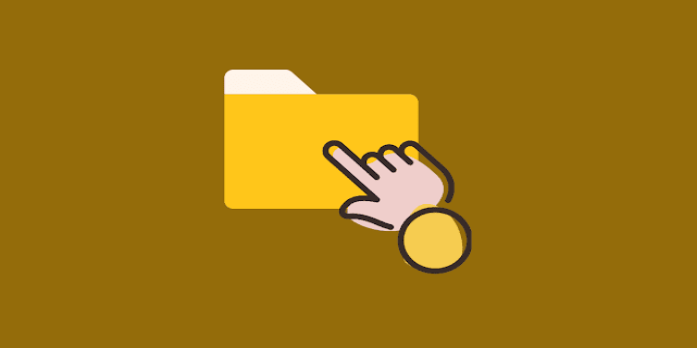Here we can see, “How to Use the Windows 11 Startup Folder”
- In Windows 11, you must enter the Startup folder from File Explorer like any other directory.
- You can alter your PC’s settings and set up various apps to launch for each user.
- It is possible on a single computer to customize the default Windows Startup folder for every user.
The startup programs have been available ever since the initial releases of Windows. This is the kind of software that your operating system would launch automatically.
Nowadays, a lot of apps have the option to enable automatic launch, allowing them to start alongside your computer.
Is there a method to automatically run applications on your PC, as not all of them have this capability, though? The answer is yes, and you must use the Startup folder to accomplish this.
There’s no need to panic if you are unfamiliar with this feature; this article will teach you everything there is to know about the Windows 11 Startup folder.
How does the Startup folder work?
A unique function called a startup folder enables you to launch specific applications as soon as your operating system boots. This function was first made available in Windows 95 and has been around for a while.
Even now, many programs come with built-in support for the automatic launch, and this approach can still be used to start apps automatically. Previously, it was the only one available.
But not all software applications have this function, which is why the Startup folder is useful.
What type of files work with the Startup folder?
Despite being frequently used to launch programs, the Startup directory also supports all other file types.
Simply place the file in this location if you want it to execute as soon as your computer turns on. For instance, if you have a script that needs to execute every time your computer boots, this could be useful.
Although most regular users won’t likely find this to be very useful, we are confident that more tech-savvy users will find intriguing ways to use this feature.
How can I use the Windows 11 Startup folder?
Create a shortcut in the Startup folder
-
- On the Taskbar, click the File Explorer icon.
- Go to the directory listed here:
-
C:\ProgramData\Microsoft\Windows\Start Menu\Programs\Startup
-
- You can choose New by right-clicking your desktop. Choose Shortcut from the menu now.
- Select Browse from the menu.
- Choose the appropriate application.
- The next step is to click.
- Click Finish after entering the new shortcut’s name.
- The shortcut should now be in the Startup directory.
- Click Continue when the confirmation dialog box displays.
The shortcuts in your Startup folder will now run automatically when your computer powers up once you’ve made these modifications, but remember that they effect all user profiles on your computer.
How to set startup items for different accounts?
Your PC has a Startup folder for each profile, and it is also conceivable and simple to have multiple startup programs for various users. Just do the following actions to do that:
-
- From the Taskbar, launch File Explorer.
- Go to the following directory (using your PC’s username in place of the default one):
C:\Users\WindowsReport\AppData\Roaming\Microsoft\Windows\Start Menu\Programs\Startup
- The requested shortcut should now be moved to the Startup directory.
Additionally, you may do the following to rapidly open the Startup directory for the user who is now signed in:
-
- To launch the run dialog, press Windows Key + R.
- Enter shell:startup right now, then hit OK.
- Now, the Startup window ought to show up.
Can I disable startup items from Task Manager?
You can manage which programs your computer launches automatically with Task Manager, and it even supports files and programs in the Startup folder.
Do the following to prevent an app from starting up with your PC:
-
- To launch Task Manager, press Ctrl + Shift + Esc.
- Right-click the application you want to disable under the Startup tab. From the menu, select Disable.
- Repeat this procedure for any startup application you don’t wish to utilize.
If you want to ensure that particular apps launch alongside your operating system, you can utilize Windows 11’s Startup folder, which functions exactly as it did in earlier versions of Windows.
Conclusion
I hope you found this guide useful. If you’ve got any questions or comments, don’t hesitate to use the shape below.
User Questions
1. Where can I find the starting folder?
The keyboard’s Windows + R key. Type shell: common startup into the dialog box that appears, then click OK. The starting folder for Windows 10 will launch.
2. How can Windows 11’s launch screen be modified?
Launch the Settings app in Windows. Select the Startup navigation option under Apps in the Settings menu on the left side. Click the toggle switches next to any startup applications that are currently running to make them inactive.
3. In Windows 11, where is the startup folder located?
In Windows 11/2010, where is the Startup folder located? Launch Run, type shell: startup, and press Enter to open this folder directly. You can also use WinKey, type shell: startup, then click Enter to open the folder instantly. These applications only launch for the user who is currently logged in.
4. Windows 11 is getting Start menu folders! – Reddit
5. Windows 11 No start menu folders – Reddit



